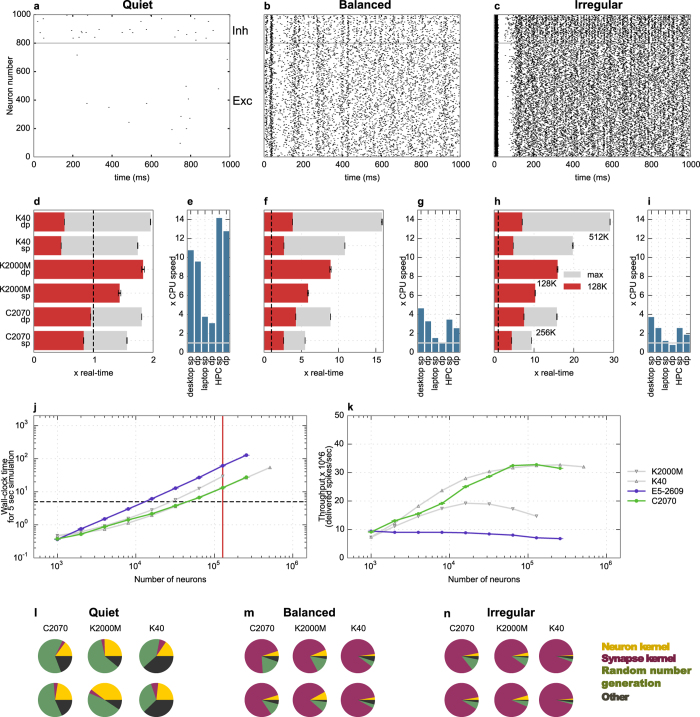Figure 3. Execution speed of pulse-coupled Izhikevich neuron network simulations in different spiking regimes.
(a–c) Spiking activity of 800 excitatory (Exc) and 200 inhibitory (Inh) neurons in the quiet (a), balanced (b), and irregular spiking regimes (c). (d,f,h) Simulation speed compared to real-time for the networks in (a–c), respectively, on different hardware, using single (sp) and double (dp) floating point precision, for 128,000 neurons (red bars) or maximum number of neurons possible (grey bars, corresponding network size indicated below the dp bar). Data is based on 6 trials for GPUs and 2 trials for CPUs. (e,g,i) Maximum speedup achieved compared to the CPU, as in (d,f,h). (j) Detailed graph of wall-clock time for the simulation of 5 simulated seconds in the balanced regime as a function of different network sizes, using single floating point precision. The red vertical line indicates the simulation time for 128,000 neurons that was used in making the red bars in (f). Real-time is shown by the dashed horizontal line. (k) Throughput (delivered spikes per sec) per neuron for the conditions shown in (j). (l,m,n) Proportion of time spent on different kernels for simulations of 128,000 neurons in the regimes in (a–c) respectively.

